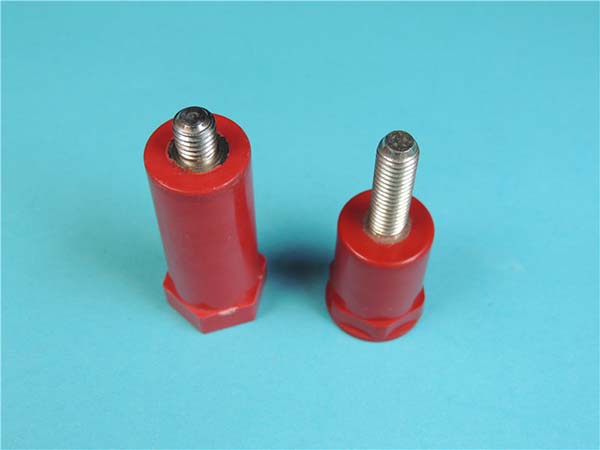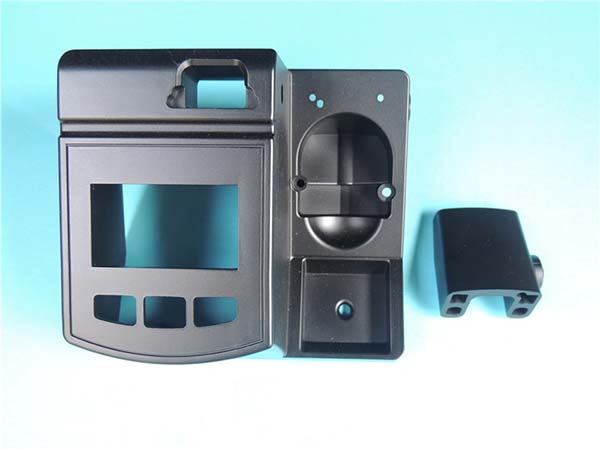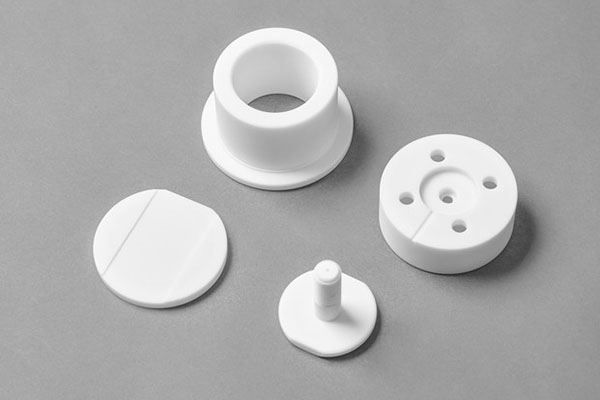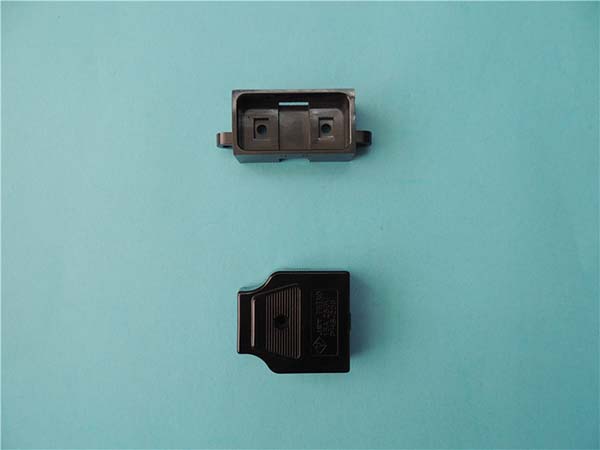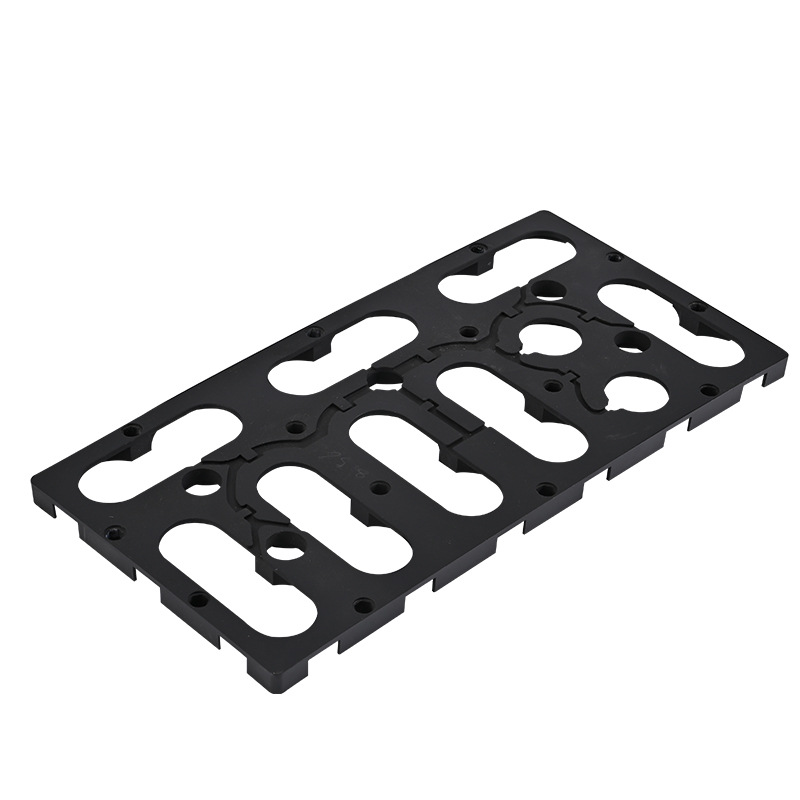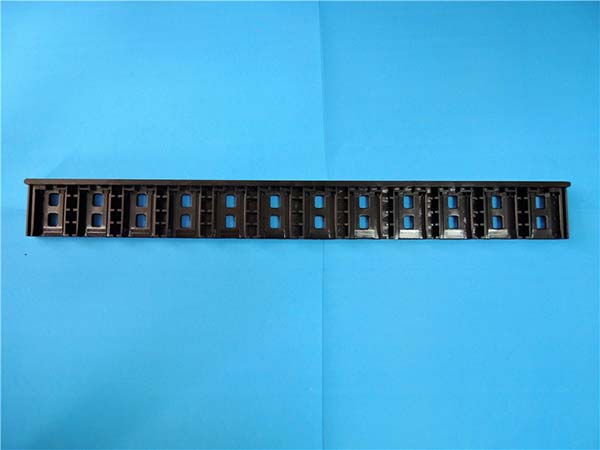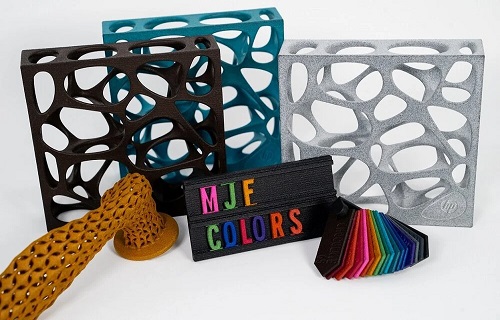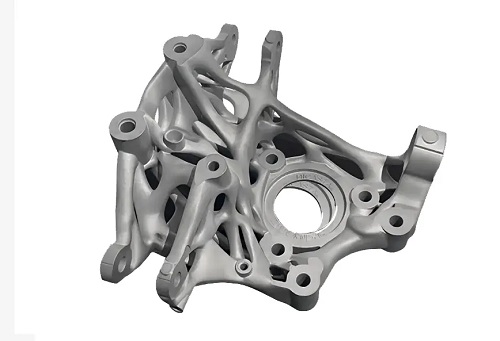Introduction
In recent years, 3D printing, also known as additive manufacturing, has emerged as a revolutionary technology with the potential to reshape multiple industries. It involves creating three - dimensional objects by layering materials based on a digital model, often starting from a CAD (Computer - Aided Design) file. This technology has been applied in various fields, from aerospace to healthcare, and from automotive to fashion. But like any technology, 3D printing comes with its own set of advantages and disadvantages. In this article, we will delve deep into the pros and cons of 3D printing, aiming to help you make an informed decision if you are considering adopting this technology, whether for personal, business, or industrial use.
The Pros of 3D Printing
Design Flexibility
One of the most significant advantages of 3D printing is its unparalleled design flexibility. Traditional manufacturing methods often face limitations when it comes to creating complex geometries and unique shapes. For instance, in injection molding, the need for molds restricts the complexity of the final product. In contrast, 3D printing allows for the creation of intricate lattice structures, internal channels, and other complex features that were previously difficult or impossible to achieve.
In the aerospace industry, 3D printing has enabled the production of highly complex engine components. These parts can be designed with optimized internal structures to reduce weight while maintaining strength, which is crucial for fuel efficiency and overall performance. In the world of art and design, artists can now bring their most creative and elaborate sculptures to life, as 3D printing gives them the freedom to design without being bound by traditional manufacturing constraints.
Cost - effectiveness in Small Batches
When it comes to small - batch production, 3D printing can be a cost - effective solution. Traditional manufacturing processes often involve high upfront costs for tooling and molds. For example, in plastic injection molding, creating a mold can cost anywhere from a few thousand to hundreds of thousands of dollars, depending on the complexity of the part. This makes traditional methods economically unfeasible for small production runs.
Let's take a look at some numbers. Suppose a company wants to produce 500 plastic parts. With traditional injection molding, the mold cost might be \(10,000, and the per - unit production cost (including materials and labor) is \)5. So the total cost would be \(10,000 + (\)5 x 500) = \(12,500. In contrast, with 3D printing, if the per - unit cost (including materials and machine operation) is \)10, the total cost for 500 parts would be \(10 x 500 = \)5,000. Additionally, 3D printing reduces material waste. Traditional manufacturing often results in significant waste during the cutting and shaping processes, while 3D printing is an additive process, only using the amount of material required to build the object.
Rapid Prototyping
3D printing has revolutionized the product development cycle by enabling rapid prototyping. In the past, creating a prototype could be a time - consuming and expensive process. Multiple steps were involved, from designing the prototype, creating molds or using other manufacturing techniques, to finally producing the physical model. This process could take weeks or even months.
However, with 3D printing, a digital design can be transformed into a physical prototype in a matter of hours or days. A tech startup developing a new consumer electronics device can quickly print multiple iterations of their product design. They can test the form factor, functionality, and user experience of each prototype, making improvements and refinements along the way. This significantly shortens the time from concept to market, giving companies a competitive edge. For example, a company that was able to reduce its product development time from 12 months to 6 months through 3D - printed prototypes was able to launch its product earlier, gain market share, and generate revenue sooner.
Customization
Another major advantage of 3D printing is its ability to provide high - level customization. In the medical field, 3D - printed prosthetics can be customized to fit the exact shape and needs of an individual patient. By scanning the patient's residual limb, a 3D printer can create a prosthetic that offers a more comfortable fit and better functionality compared to mass - produced alternatives.
In the fashion industry, designers are using 3D printing to create one - of - a - kind, personalized clothing. Customers can have their body scanned, and the clothing can be designed and printed to fit their unique measurements and style preferences. This level of customization not only enhances the user experience but also opens up new business opportunities in various industries.
The Cons of 3D Printing
High Initial Equipment Cost
One of the significant barriers to entry for 3D printing is the high cost of the equipment itself. A basic desktop 3D printer suitable for hobbyists can cost anywhere from \(200 to \)2,000, depending on the features, build volume, and print quality. For more industrial - grade 3D printers, the price can skyrocket. Professional multi - material printers or high - precision metal 3D printers can cost hundreds of thousands of dollars. In addition to the printer, software for 3D design and slicing (preparing the digital model for printing) may also require additional investment. This high initial cost can be a deterrent, especially for small businesses or individuals with limited budgets.
Limited Material Options
While the range of 3D printing materials has been expanding, it is still relatively limited compared to traditional manufacturing materials. Common 3D printing materials include plastics like PLA, ABS, and PETG, as well as some metals, ceramics, and resins. However, the mechanical properties of these 3D - printable materials often do not match those of their traditional counterparts. For example, 3D - printed plastics may not have the same strength, heat resistance, or chemical resistance as injection - molded plastics. In the automotive industry, where parts need to withstand high stress and temperature variations, 3D - printed materials are not yet a viable alternative for most critical components due to their limited material properties.
Slow Printing Speed
3D printing is a layer - by - layer process, which inherently makes it a relatively slow manufacturing method. The printing speed is measured in layers per hour, and for a typical desktop 3D printer, it can take several hours to print a small object, and even days for larger, more complex models. In contrast, traditional manufacturing methods like injection molding can produce parts in a matter of seconds or minutes, making them much more suitable for large - scale production. The slow printing speed is mainly due to the need to precisely deposit and solidify each layer of material, which limits the technology's application in high - volume production scenarios.
Quality and Consistency Issues
Ensuring consistent quality in 3D printing can be a challenge. Factors such as printer calibration, material quality, and environmental conditions can all affect the final product's quality. For example, temperature fluctuations during the printing process can cause warping or uneven layer adhesion, leading to a defective product. Additionally, achieving high - precision prints with tight tolerances can be difficult. In industries like aerospace and electronics, where precision is crucial, 3D - printed parts may not meet the strict quality standards without significant post - processing. Post - processing to improve quality, such as sanding, polishing, or heat - treating, adds both time and cost to the production process.
Yigu Technology's Viewpoint
As a non - standard plastic metal products custom supplier, Yigu Technology believes that 3D printing offers distinct advantages, especially in the realm of customized product manufacturing. Its ability to create complex geometries and highly customized products is invaluable for meeting unique customer demands. For example, in the production of specialized jigs and fixtures, 3D printing can quickly turn around a design into a functional prototype.
However, 3D printing also has limitations. When it comes to large - scale production of standard products, traditional manufacturing methods like injection molding or stamping often outperform 3D printing in terms of speed and cost - effectiveness.
Yigu Technology suggests that a combination of 3D printing and traditional manufacturing can be the best approach. By leveraging 3D printing for prototyping, customization, and small - batch production, and traditional manufacturing for large - scale production, companies can optimize their production processes, improve product quality, and enhance overall efficiency.
FAQ
What are the most common materials used in 3D printing?
The most common materials in 3D printing include PLA (Polylactic Acid), which is biodegradable, easy to print, and has minimal warping, often used for general - purpose prints and beginner projects. ABS (Acrylonitrile Butadiene Styrene) is known for its durability and heat resistance, suitable for functional prototypes but requires a heated build platform and a closed chamber due to fumes. Metal powders like titanium and stainless steel are used in metal 3D printing for high - strength components in aerospace and automotive industries. Photopolymer resins are used in resin - based 3D printers, offering high - resolution prints, commonly applied in jewelry making and dental applications.
Is 3D printing suitable for large - scale industrial production?
3D printing has limitations for large - scale industrial production. The printing speed is slow, with objects taking hours or even days to print, while traditional methods like injection molding can produce parts in seconds or minutes. The cost per unit for 3D printing remains high for large volumes, mainly due to the cost of materials and the time - consuming printing process. Also, ensuring consistent quality across a large number of parts can be a challenge in 3D printing. It is more suitable for small - batch production, customization, and rapid prototyping rather than large - scale, high - volume manufacturing.
How can I ensure the quality of 3D printed products?
To ensure the quality of 3D printed products, start by choosing the right 3D printer and suitable materials for your application. Optimize the printing parameters such as layer height, printing speed, and temperature. Calibrate the printer regularly to ensure accurate movement and extrusion. Post - processing is also crucial; this can include sanding to smooth the surface, polishing for a better finish, and heat - treating to improve the material's mechanical properties. Conduct quality inspections, such as checking for dimensional accuracy and surface defects, to catch any issues early in the production process.
